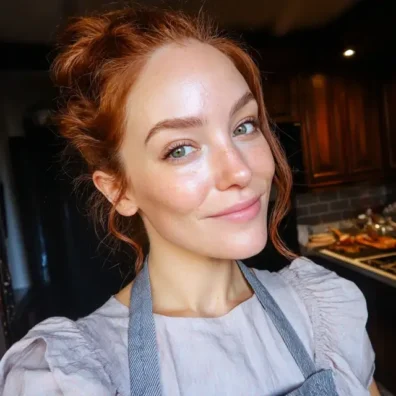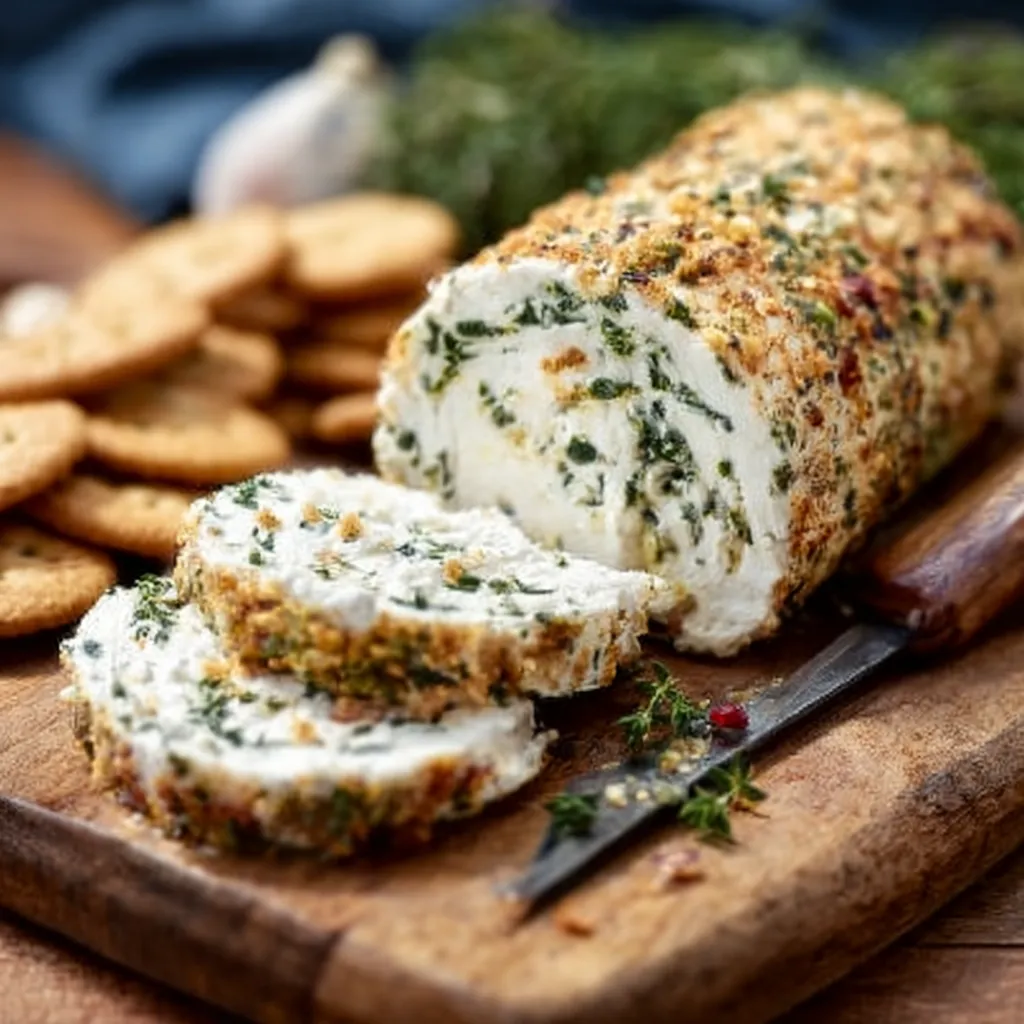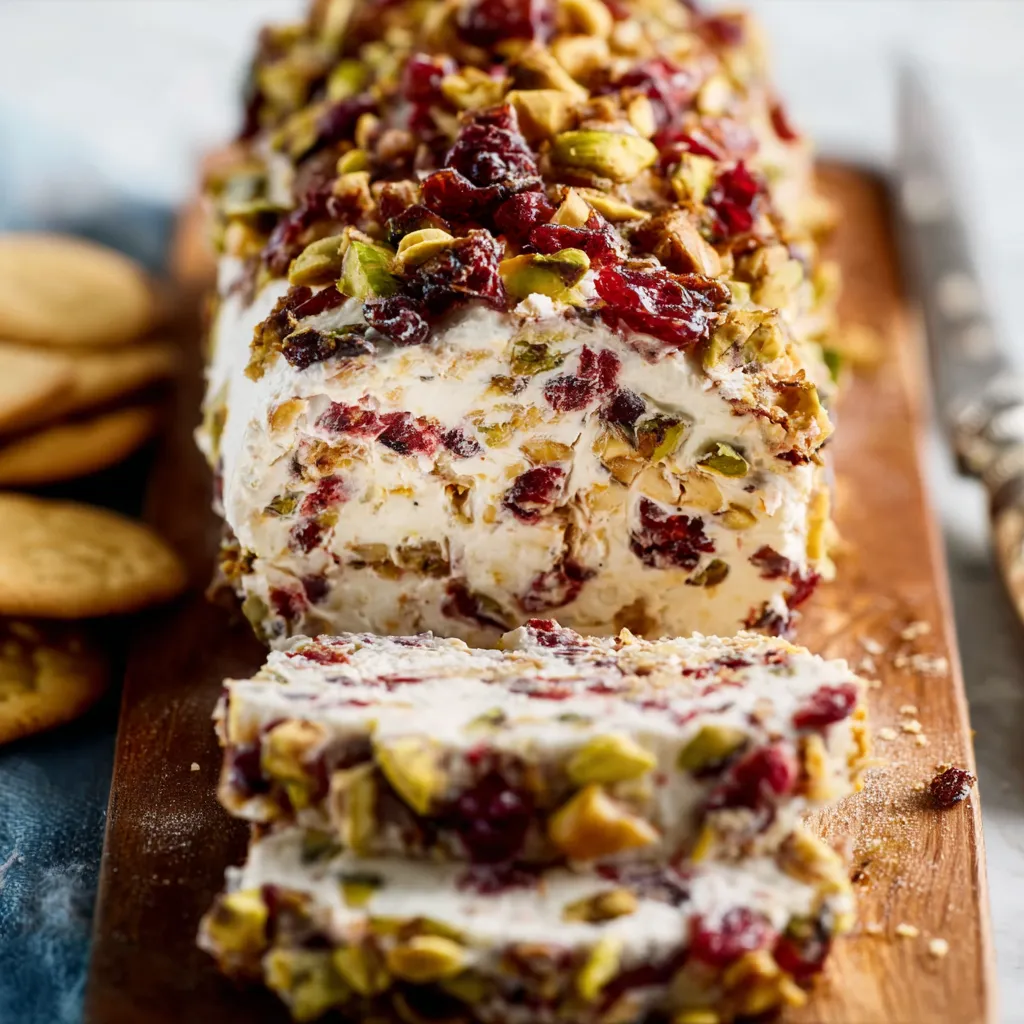Sweet potato casserole: a Thanksgiving staple, a holiday tradition, and often, a source of culinary anxiety. What is the secret to achieving that perfect balance of creamy, sweet, and textural contrast that elevates this dish from ordinary to extraordinary?
The Sweet Science of Sweet Potato Casserole
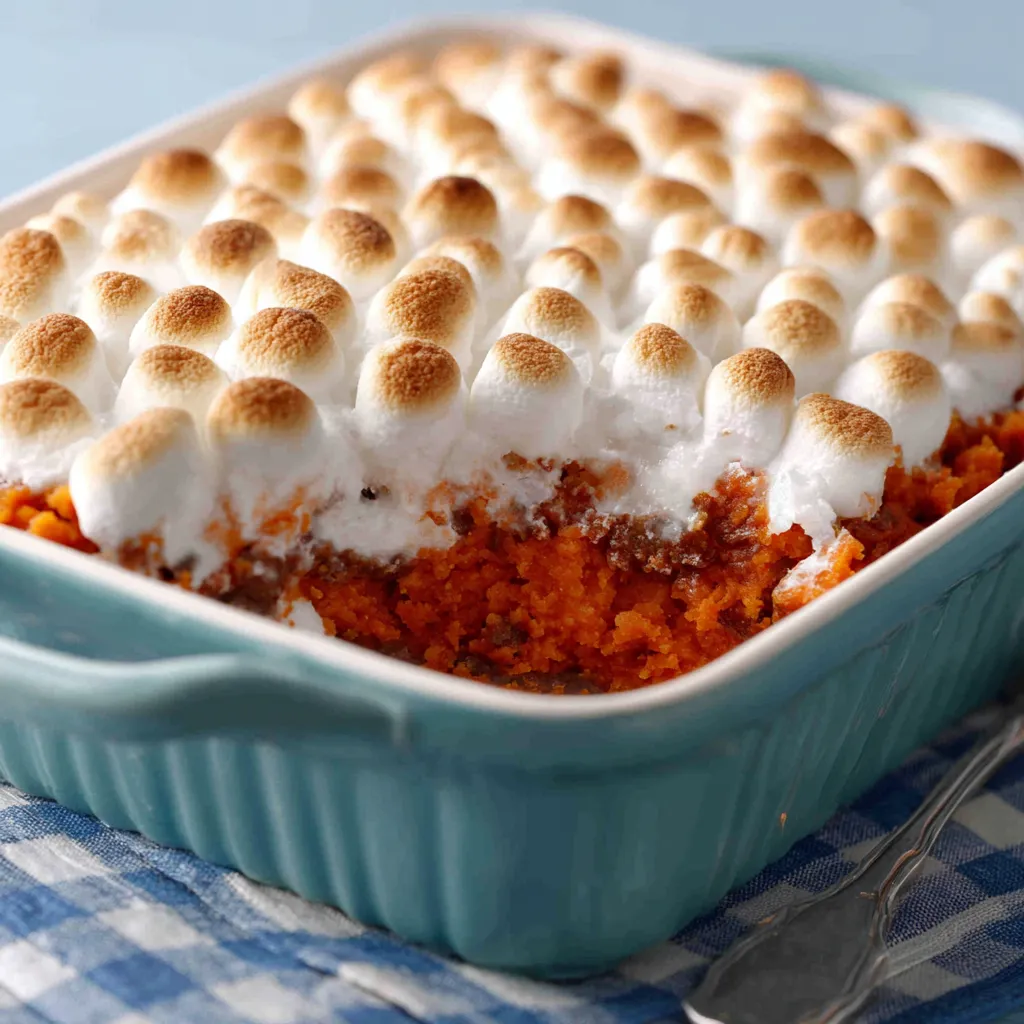
At its core, sweet potato casserole is an exercise in balancing flavor and texture. The sweet potatoes themselves, rich in complex carbohydrates and natural sugars, provide the foundation. But the magic lies in understanding how heat transforms these starches into a creamy, almost custard-like consistency. Overcooking leads to a mushy, homogenous mess; undercooking leaves you with firm, unyielding chunks. The addition of fats, typically butter or cream, contributes to both richness and mouthfeel, while the topping, often a combination of pecans, brown sugar, and butter, provides a delightful textural counterpoint. The key chemical reaction we’re leveraging here is caramelization, which is the browning of sugars that enhances the nutty and sweet flavors. This is particularly crucial in both the sweet potato base and the topping. Furthermore, understanding the Maillard reaction, which involves the reaction between amino acids and reducing sugars, helps us achieve the desired browning and flavor complexity when roasting the sweet potatoes initially.
The Irresistible Sweet Potato Casserole Recipe
This recipe is the culmination of numerous experiments, adjustments, and “Aha!” moments. It aims to deliver a sweet potato casserole that is perfectly balanced, flavorful, and texturally satisfying.
Ingredients
- For the Sweet Potato Base:
- 3 pounds sweet potatoes, peeled and cubed
- 1/2 cup unsalted butter, melted
- 1/2 cup granulated sugar
- 1/4 cup milk
- 2 large eggs, lightly beaten
- 1 teaspoon vanilla extract
- 1/2 teaspoon ground cinnamon
- 1/4 teaspoon ground nutmeg
- 1/4 teaspoon salt
- For the Pecan Topping:
- 1 cup pecan halves
- 1/2 cup packed light brown sugar
- 1/3 cup all-purpose flour
- 1/4 cup unsalted butter, melted
- 1/4 teaspoon salt
Instructions
- Prepare the Sweet Potatoes: Preheat oven to 400°F (200°C). Toss the cubed sweet potatoes with 2 tablespoons of melted butter and a pinch of salt. Spread in a single layer on a baking sheet and roast for 25-30 minutes, or until very tender.
- Mash the Sweet Potatoes: Transfer the roasted sweet potatoes to a large bowl. Mash thoroughly with a potato masher or electric mixer until smooth.
- Combine the Base Ingredients: Add the remaining 6 tablespoons of melted butter, granulated sugar, milk, eggs, vanilla extract, cinnamon, nutmeg, and salt to the mashed sweet potatoes. Mix until well combined and smooth.
- Prepare the Pecan Topping: In a separate bowl, combine the pecan halves, brown sugar, flour, melted butter, and salt. Mix until the pecans are evenly coated.
- Assemble the Casserole: Pour the sweet potato mixture into a greased 9×13 inch baking dish. Sprinkle the pecan topping evenly over the sweet potato mixture.
- Bake the Casserole: Bake in the preheated oven for 20-25 minutes, or until the topping is golden brown and the sweet potato mixture is heated through.
- Cool and Serve: Let the casserole cool slightly before serving.
My Sweet Potato Casserole Investigation
My first few attempts were a disaster. The sweet potatoes were either too watery, too bland, or the topping was burnt to a crisp. It was a frustrating journey, but one that ultimately led to a much deeper understanding of this classic dish.
The Soggy Sweet Potato Saga
Like many of you, I initially thought boiling the sweet potatoes was the easiest route. Wrong! Boiling resulted in waterlogged sweet potatoes that lacked flavor and created a soggy casserole. The texture was all wrong; it was more like sweet potato soup than a casserole. I knew there had to be a better way.
The Roasting Revelation
Then, I had an “Aha!” moment: roasting. Roasting the sweet potatoes not only intensified their natural sweetness but also eliminated the excess moisture that plagued my earlier attempts. The caramelization that occurred during roasting deepened the flavor profile immensely. This was a game changer. I even tried making Roasted Sweet Potato Bites to test the roasting times and temperatures.
The Topping Triumphs and Tribulations
The topping was another area of intense experimentation. My initial inclination was to use all brown sugar, but this resulted in a topping that was overly sweet and lacked textural contrast. Adding flour provided structure and prevented the topping from becoming a sticky, molten mess. The ratio of pecans to sugar to butter was also crucial. Too many pecans, and the topping was dry and crumbly. Too much butter, and the topping was greasy. Through careful adjustments, I finally arrived at the perfect balance. This reminded me of my struggles to perfect my Maple Pecan Pumpkin Cheesecake, where the pecan topping also needed precise measurements.
The Cinnamon and Nutmeg Conundrum
The spices were another area that required careful consideration. Too much cinnamon, and the casserole tasted like potpourri. Too little nutmeg, and the flavor was flat and uninspired. I found that a balanced blend of cinnamon and nutmeg enhanced the natural sweetness of the sweet potatoes without overpowering them. I now use a similar blend when making Sweet Potato Hash Browns.
The Foolproof Sweet Potato Casserole Technique
Here’s a step-by-step guide to achieving sweet potato casserole perfection:
- Roast, Don’t Boil: Roasting the sweet potatoes intensifies their flavor and eliminates excess moisture.
- Mash Thoroughly: Ensure the sweet potatoes are completely smooth before adding the other ingredients. Lumps will result in an uneven texture.
- Balance the Sweetness: Use a combination of granulated and brown sugar for a complex sweetness.
- Don’t Overbake: Bake until the topping is golden brown and the sweet potato mixture is heated through. Overbaking will result in a dry casserole.
- Let it Rest: Allow the casserole to cool slightly before serving. This allows the flavors to meld and the texture to set.
Remember, like the ambitious Thanksgiving Piecaken Dessert, this casserole takes time and dedication, but the result is well worth the effort. And, if you’re looking for a savory twist, you might enjoy Honey Garlic Sausage Roasted Sweet Potatoes for a completely different flavor profile.
Why does the recipe recommend roasting the sweet potatoes instead of boiling them?
Roasting the sweet potatoes intensifies their natural sweetness and eliminates excess moisture, preventing a soggy casserole. Boiling can result in waterlogged sweet potatoes with less flavor.
What is the purpose of adding flour to the pecan topping?
The flour in the pecan topping provides structure and prevents it from becoming a sticky, molten mess during baking.
What is the best way to ensure the sweet potato casserole isn’t too sweet?
The recipe balances sweetness by using a combination of granulated and brown sugar. Using only brown sugar can make the topping overly sweet.
Why is it important to let the sweet potato casserole cool slightly before serving?
Allowing the casserole to cool slightly before serving allows the flavors to meld together and the texture to set properly.
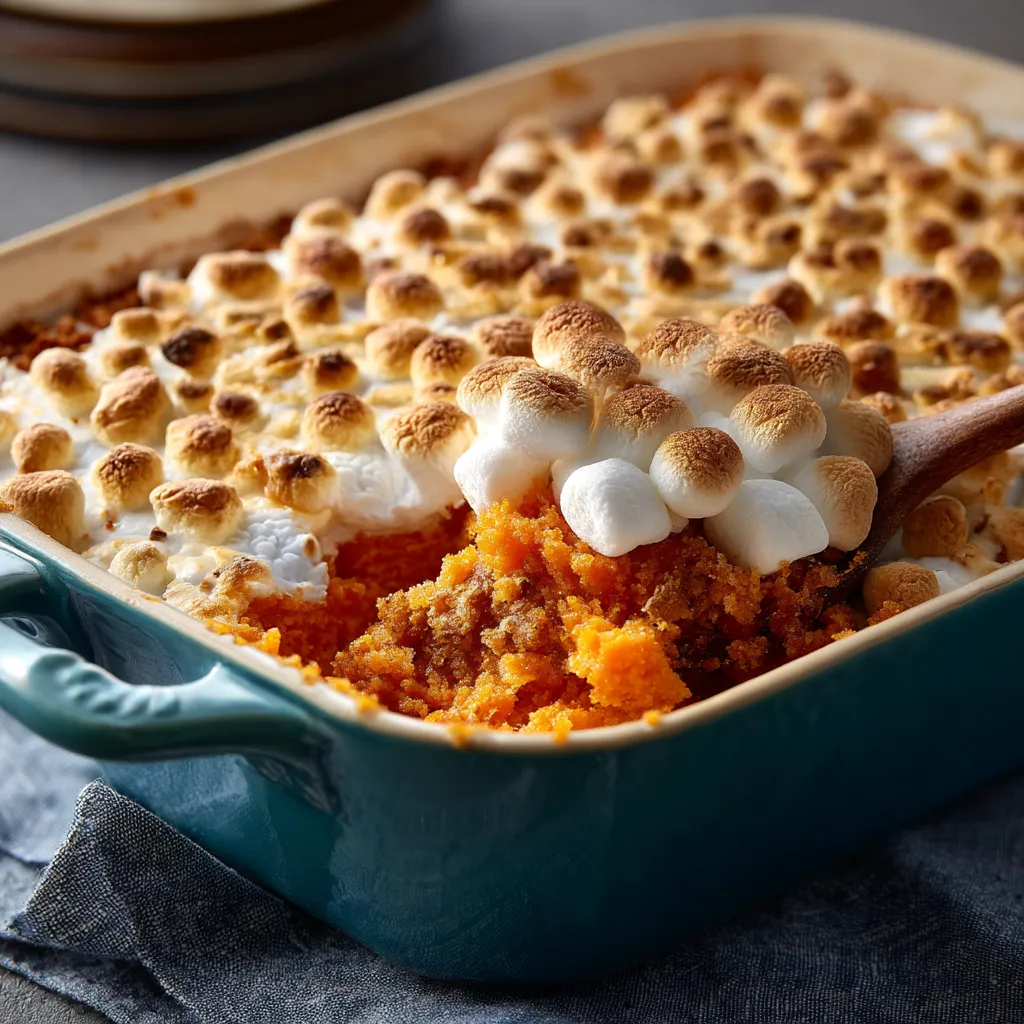
Irresistible Sweet Potato Casserole
Ingredients
Equipment
Method
- Preheat oven to 400°F (200°C).
- Toss the cubed sweet potatoes with 2 tablespoons of melted butter and a pinch of salt.
- Spread in a single layer on a baking sheet and roast for 25-30 minutes, or until very tender.
- Transfer the roasted sweet potatoes to a large bowl.
- Mash thoroughly with a potato masher or electric mixer until smooth.
- Add the remaining 6 tablespoons of melted butter, granulated sugar, milk, eggs, vanilla extract, cinnamon, nutmeg, and remaining salt to the mashed sweet potatoes.
- Mix until well combined and smooth.
- In a separate bowl, combine the pecan halves, brown sugar, flour, and remaining melted butter.
- Mix until the pecans are evenly coated.
- Pour the sweet potato mixture into a greased 9×13 inch baking dish.
- Sprinkle the pecan topping evenly over the sweet potato mixture.
- Bake in the preheated oven for 20-25 minutes, or until the topping is golden brown and the sweet potato mixture is heated through.
- Let the casserole cool slightly before serving.
